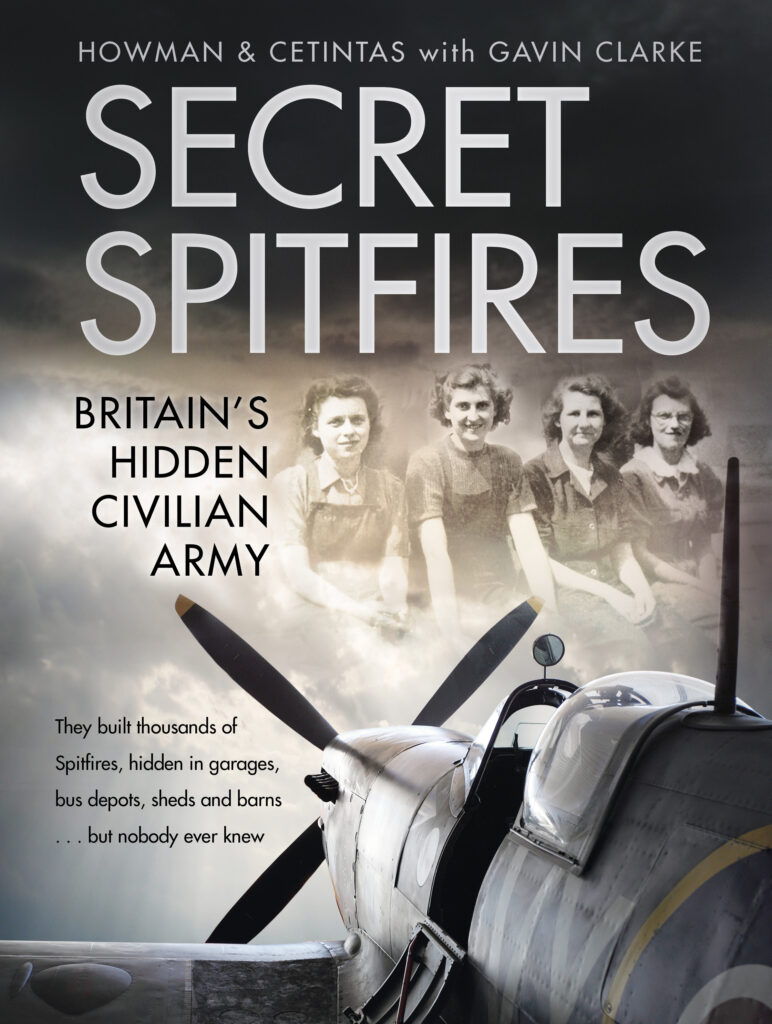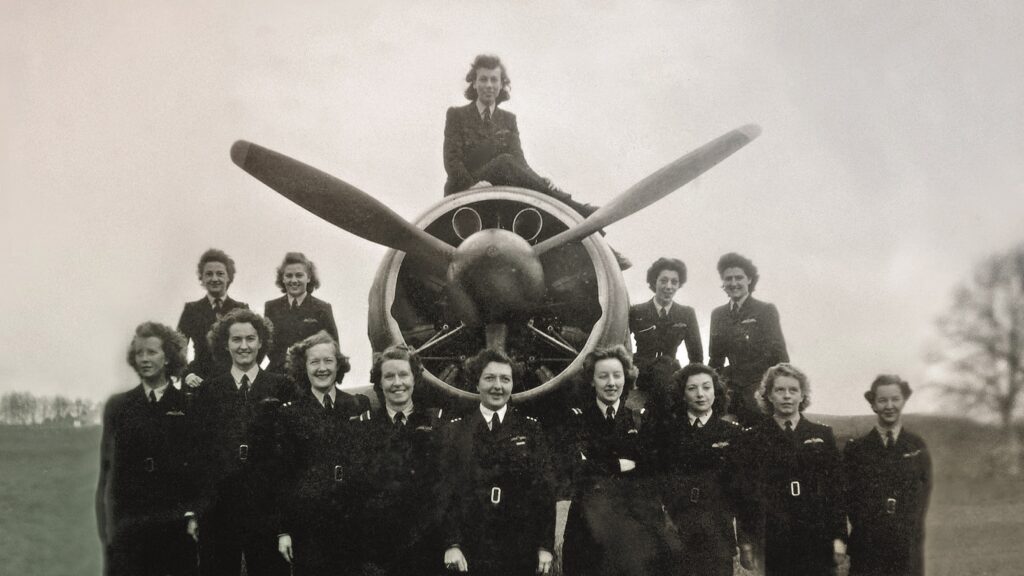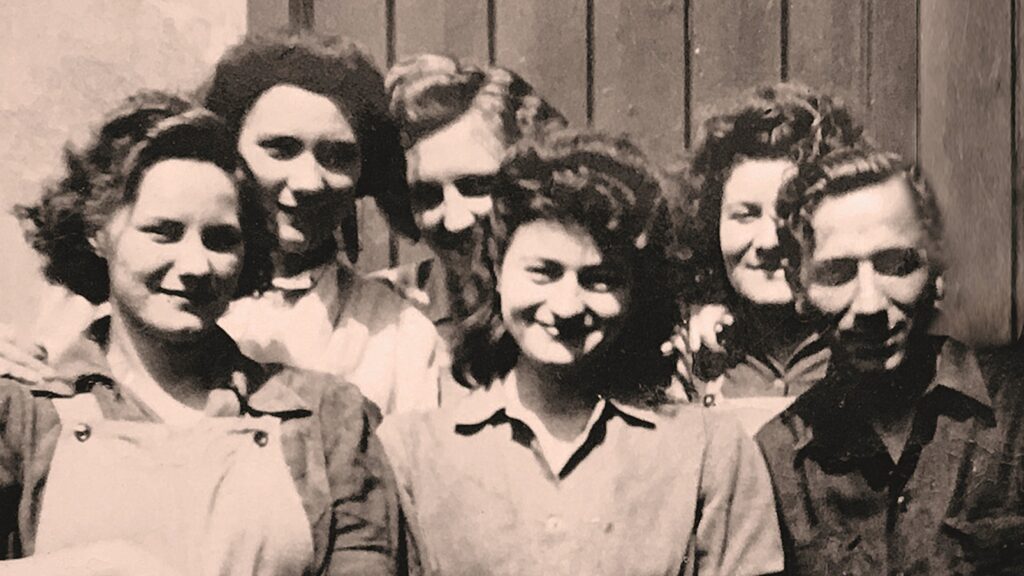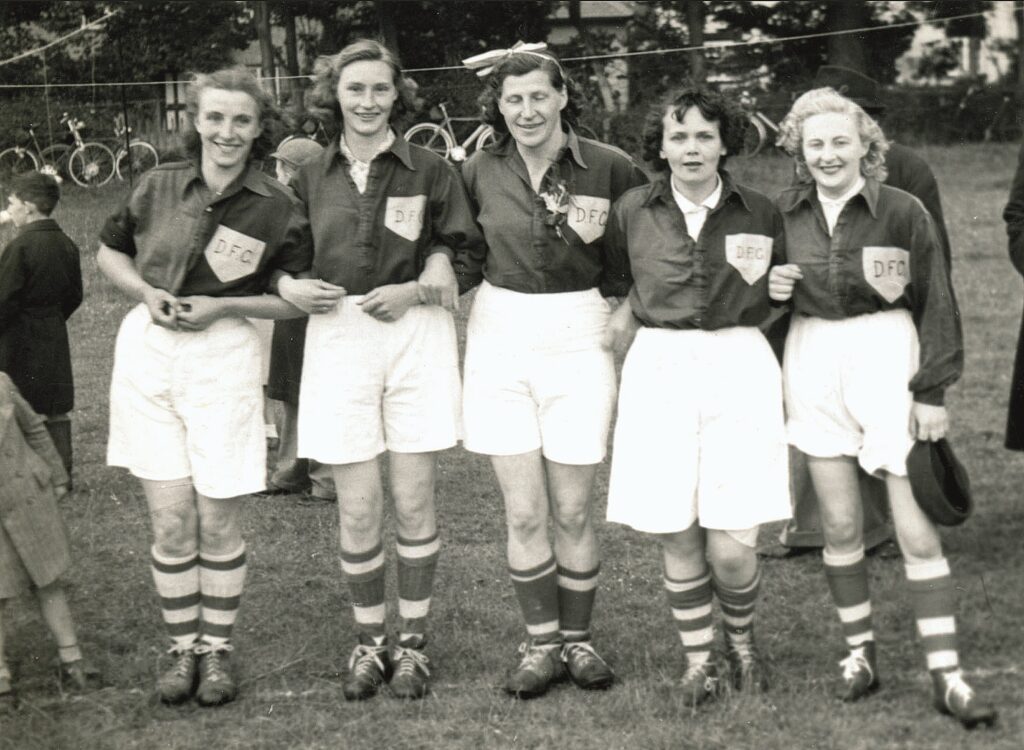The story of the Spitfire is etched into the collective British memory, although there were more squadrons of Hurricanes in the Battle of Britain it is R J Mitchel’s airplane that is most closely associated with “The Few”. The Spitfire’s smoother lines and better handling meant it better caught the imagination of both the public and pilots than the Hurricane.

Originally a 2016 documentary, the book Secret Spitfires tells the story of these airplanes were put together in their 1000s by a network of mainly women, and some elderly men, in shadow factories, hidden in garages, sheds and workshops around Great Britain. Production was switched to secret locations following the Luftwaffe’s successful bombing of the Spitfire’s original Southampton factor.

When the Southampton factor was obliterated the German high command was convinced it had eliminated the Spitfire’s threat, unknowing that production would continue in secret. It is “a story of British character, determination, bravado, joy and pain”, says Maggie Appleton MBE, chief executive of RAF Museum in the book’s foreword.

In all about 10,000 Spitfires were built covertly across a network of locations in a process so secret even people working in the factories didn’t know what they were building. “I was completely unaware of what was going on. I suppose people didn’t realise what was happening and we didn’t talk about it,” said Joan Johns, who tested piston rings for Rolls-Royce engines at engineering specialist Wellworth. “I didn’t know anything about it until I went to Wellworth and even then it wasn’t until after the war that I found out how many aircraft factories there were in Salisbury.”

This story was not only kept secret during WWII itself but continued to be hidden until well into the 21st century. “Secrets sometimes need to be told. This is one of those times,” says Appleton, and it’s difficult to disagree.

